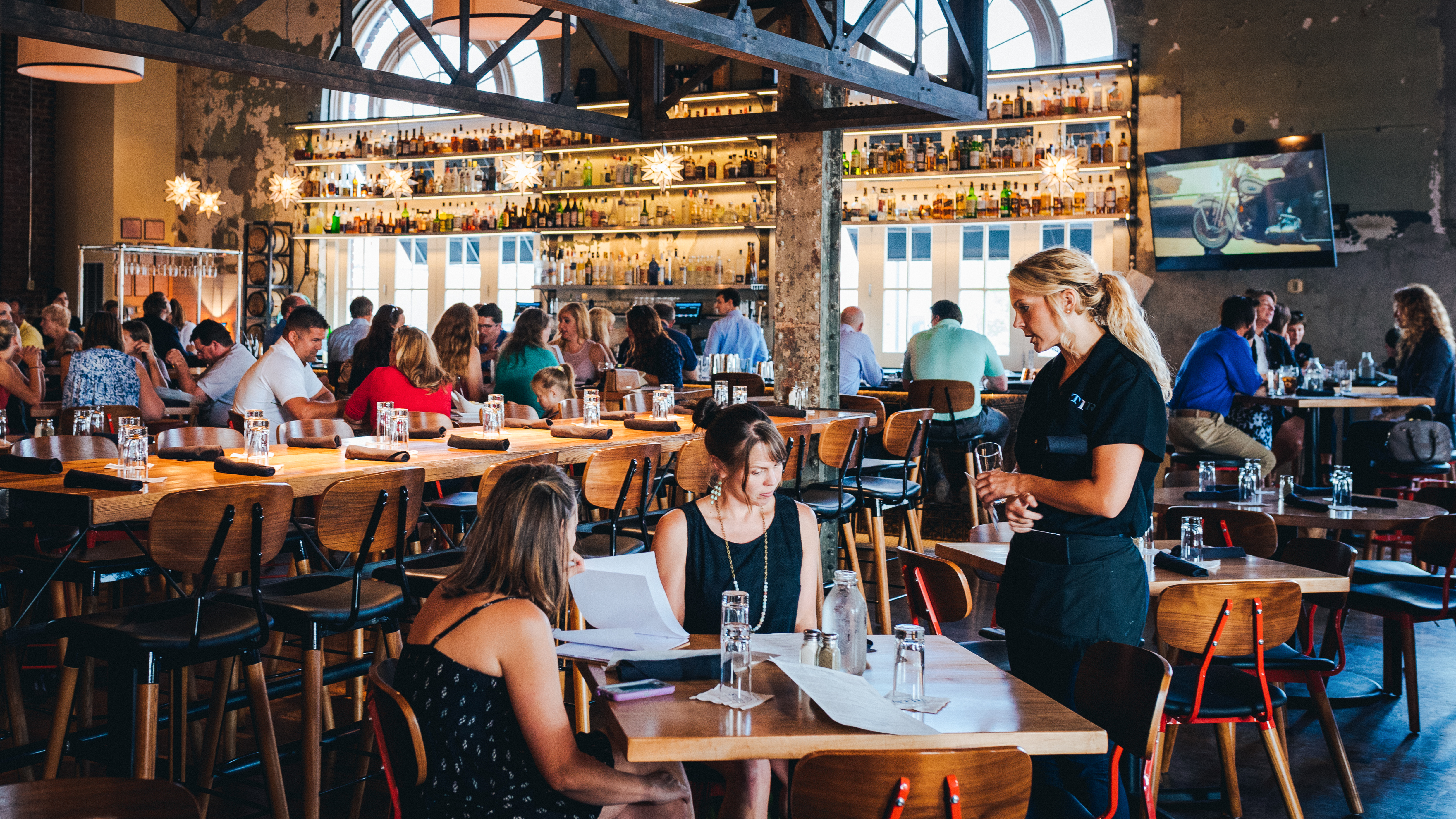Dining out: Explore the amazing restaurants Lockhart for a delicious experience.
Why Dining at Regional Restaurants Supports Your Neighborhood and Delights Your Preference Buds
Eating at local restaurants provides even more than just a meal; it offers as a vital element in nurturing area vitality and economic resilience. What might this suggest for the future of neighborhood dining and neighborhood link?
Economic Influence of Neighborhood Eating

The economic impact of regional eating expands far past the restaurant itself, influencing a vast array of industries within the area. Local restaurants play an essential function in promoting economic growth by creating tasks, sustaining neighborhood suppliers, and contributing to metropolitan earnings. When consumers pick to eat at regional establishments, they help endure work for cooks, web servers, and maintenance team, hence improving the neighborhood task market.
In addition, local dining establishments typically source active ingredients from close-by farms and manufacturers, fostering a durable supply chain that profits various farming industries. This method not only supports local economic situations however additionally urges sustainable farming practices. Additionally, the sales tax produced from these dining establishments adds to vital public solutions, such as education and learning and framework, which further improves community lifestyle.
Additionally, regional dining establishments often foster a sense of area, bring in citizens and site visitors alike, which can lead to enhanced foot website traffic in surrounding companies. This interconnectivity amongst local business boosts financial resilience, creating a dynamic and lasting neighborhood environment. Essentially, the assistance of local eating is an investment in the wider economic health of the location, advertising development and sustainability for future generations.
Unique Culinary Experiences

Furthermore, lots of neighborhood facilities accept farm-to-table techniques, emphasizing the relevance of seasonal fruit and vegetables. Diners can enjoy the quality of components sourced from close-by farms, which not just improves flavor yet also fosters a connection to the neighborhood landscape. This commitment to top quality and region sets the phase for distinctive cooking experiences that are frequently absent in chain restaurants.
Moreover, regional cooks often try out fusion food, blending diverse culinary customs to create interesting brand-new meals. Such advancement not just entices the taste buds however additionally urges daring dining, inviting customers to widen their cooking horizons. Engaging with regional restaurants permits diners to enjoy meals that are not almost sustenance, however regarding the artistry and interest that define the culinary world, making every dining experience truly unique and fascinating.
Conditioning Community Bonds
Dining at regional restaurants plays a critical duty in enhancing area bonds by cultivating connections amongst citizens. These facilities act as important meeting place where people can participate in purposeful discussions, share experiences, and create long-term memories. As patrons regular the very same local areas, they grow a sense of familiarity and camaraderie, strengthening social ties within the community.
Furthermore, regional restaurants frequently reflect the unique social textile of their areas, showcasing local traditions and cooking heritage. This event of regional culture not only boosts area identity however also motivates residents to take pride in their surroundings. By participating in the regional eating scene, people add to a common story that binds them together.
Community events hosted at restaurants, such as open mic nights, fundraisers, or food events, better enhance these links. They offer opportunities for collaboration and interaction amongst diverse teams, promoting inclusivity and understanding. As citizens collect to support regional businesses, they concurrently sustain one an additional, developing an interconnected network that enhances the area's strength.
Essentially, dining at neighborhood dining establishments is not simply about food; it is an enriching experience that fortifies community bonds and grows a vibrant, united neighborhood culture.
Supporting Regional Farmers and Manufacturers

This technique lowers transport costs and emissions, advertising ecological sustainability while additionally enhancing the flavor and quality of the dishes offered. Seasonal menus, which highlight regional fruit and vegetables, permit dining establishments to use one-of-a-kind culinary experiences that reflect the area's farming bounty.
Additionally, supporting local farmers aids maintain typical farming practices and encourages biodiversity. It equips small producers, enabling them to thrive in a significantly industrialized food system. As local restaurants select to companion with these farmers, they assist preserve a vivid farming area, making certain that regional food systems continue to be resistant.
Fundamentally, dining at regional restaurants is not simply regarding delighting in a dish; it is a financial investment in the local economy and an affirmation of sustainable practices. By picking neighborhood, restaurants play a necessary duty in supporting their neighborhoods and supporting the industrious individuals that cultivate their food.
Maintaining Neighborhood Society and Heritage
Rooted in the traditions of their communities, regional restaurants serve as important custodians of social heritage. By showcasing regional components and traditional food preparation approaches, these facilities preserve the distinct flavors and cooking methods that define local identity. Each meal narrates, showing historical influences and social narratives that have actually formed the neighborhood over generations.
In addition, regional restaurants often champion time-honored recipes passed down with family members, ensuring that one-of-a-kind cultural techniques live. This not just educates patrons about the community's heritage yet likewise promotes a feeling of pride and belonging among locals. The atmosphere, design, and even songs in these facilities typically resemble the local culture, supplying an all natural my website experience that transcends simple dining.
Additionally, regional restaurants contribute to the preservation of language and dialects, as food selections and discussions commonly incorporate local vernacular. By joining area events and celebrations, these restaurants strengthen social bonds and advertise cultural exchange. Fundamentally, eating at regional dining establishments is not simply a cooking experience; it is a possibility to involve with and support the rich tapestry of local culture and heritage, ensuring its continuity for future generations.
Final Thought
